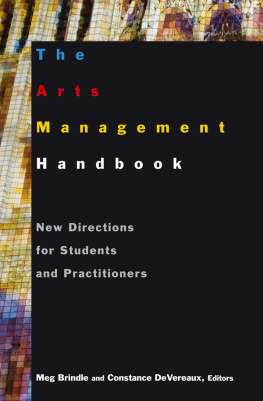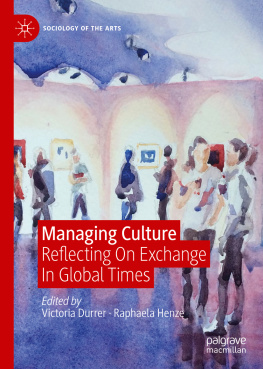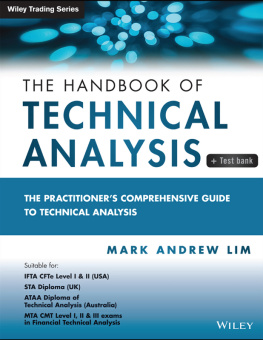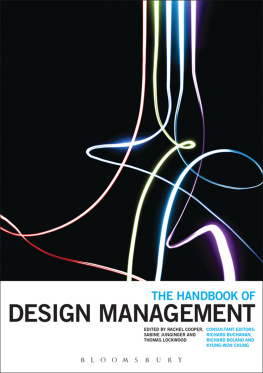First published 2011 by M.E. Sharpe
Published 2015 by Routledge
2 Park Square, Milton Park, Abingdon, Oxon OX14 4RN
711 Third Avenue, New York, NY 10017, USA
Routledge is an imprint of the Taylor & Francis Group, an informa business
Copyright 2011 Taylor & Francis. All rights reserved.
No part of this book may be reprinted or reproduced or utilised in any form or by any electronic, mechanical, or other means, now known or hereafter invented, including photocopying and recording, or in any information storage or retrieval system, without permission in writing from the publishers.
Notices
No responsibility is assumed by the publisher for any injury and/or damage to persons or property as a matter of products liability, negligence or otherwise, or from any use of operation of any methods, products, instructions or ideas contained in the material herein.
Practitioners and researchers must always rely on their own experience and knowledge in evaluating and using any information, methods, compounds, or experiments described herein. In using such information or methods they should be mindful of their own safety and the safety of others, including parties for whom they have a professional responsibility.
Product or corporate names may be trademarks or registered trademarks, and are used only for identification and explanation without intent to infringe.
Library of Congress Cataloging-in-Publication Data
The arts management handbook : new directions for students and practitioners / edited by
Meg Brindle, Constance DeVereaux.
p. cm.
Includes bibliographical references and index.
ISBN 978-0-7656-1741-5 (cloth: alk. paper)ISBN 978-0-7656-1742-2 (pbk.: alk. paper)
1. ArtsManagement. I. Brindle, Meg, 1955 II. DeVereaux, Constance.
| NX760.A79 2011 |
| 706.8dc22 | 2010039019 |
ISBN 13: 9780765617422 (pbk)
ISBN 13: 9780765617415 (hbk)
Meg Brindle and Constance DeVereaux
Artists have been arts managers for a long timelong before they were called arts managers, long before their training became a field unto itself, and long before academic programs in that field came into existence. Consider William Shakespeare. Not only did he write the plays his actors performed; he also ran rehearsals, wrote playbills to promote his productions and distributed them throughout London, designed his theater, and recruited and contracted actors. In short, he managed or was otherwise involved in almost every aspect of his theaters existence. Consider also the entrepreneurial know-how of Michelangelo, which has been the subject of scholarly study (Wallace, 1994) demonstrating that a great artist can also be a great manager.
The eighteenth-century poet William Blake owned his own printing press, which he operated in his home. Blake produced the printing plates, cranked out the pages of his manuscripts, and sold the resulting volumes. The management of his craft occupied more of his time than the creative writing.
In the twentieth century, Charlie Chaplin, emerging from the poverty of a London workhouse, had an acting career that began on a vaudeville stage and moved very quickly to Hollywood. There the first director he worked under was Mack Sennett. With the proceeds that his success brought him, he purchased his own movie studio and by the age of thirty had become a millionaire. When asked why he gave up a secure and lucrative career working for Sennett, Chaplin is reputed to have said that he wanted to run his own show. Shakespeare, Michelangelo, Blake, Chaplinthese men had in common an interest in overseeing the production and distribution or sale of their art. While they may not have called themselves managers, managers they were.
In the twenty-first century, it has become common to think of artists and managers as operating in different spheres. Contemporary psychologists have categorized people as right-brained or left-brained, suggesting that artists (the creative ones) would be ever at odds with managers, for whom organization and accountability are essential tasks. The comment that we educators of arts managers frequently hear is, Arts management? Its an oxymoron, right?
The Arts Management Handbook: New Directions for Students and Practitioners takes a different approach. On the assumption that arts and management are not opposing concepts, it will show students how to bring resources into alignment, to oversee, and to handle the complexities of creating, producing, and presenting great art. Consider that artists create something out of little or nothing: they fill the blank page, put images on canvas, fill silence with music, and bring movement out of stasis. Similarly arts managers create performances and exhibits that did not exist until they sat down to make a plan; they organize events that gather people together in circumstances that can be singularly satisfying.
Arts management as an academic discipline is relatively young. Only since the late twentieth century has the field received the concentrated focus of research and formalized training. There are, nevertheless, a good number of established principles and practices that can inform a future arts manager looking to develop a career in this field. The Arts Management Handbook: New Directions for Students and Practitioners reflects the ongoing interplay of established principles, historical lessons, and new trends. Students, teachers, researchers, and practitioners will find in these pages practical guidance, expert advice from practitioners and scholars, background information about the field, and a look to the demands and realities of tomorrow.
Arts and Management: Creating an Academic Field
Students of arts management will find it useful to understand something about the emergence of arts management as an academic field. Unlike other disciplineshistory, literature, astronomy, philosophythat today have established traditions, arts management devised its own set of curricular requirements by drawing from a variety of other disciplines, similar to the way that many new fields emerged in the twentieth century by combining two or more areas of study and inquiry. One example is social history, a trend of the late 1960s that derived from history and sociology.
New fields may develop when scholars in a given field find themselves working at the peripheries of another. Biology and chemistry merged in the interdisciplinary work of biochemistry. Similar processes created the fields of decision science, policy history, music therapy, nursing administration, strategic marketing, and organization science, to name just a few.
A Borrowers Field
Historically, arts managers have learned via apprenticeships. In a study performed by one of the editors of this book, over a hundred present-day arts managers were surveyed and interviewed to assess, among other things, their educational backgrounds to determine whether or not an arts management degree was needed as a point of entry for professional arts management positions. More than 75 percent lacked a formal degree in arts management and had gained their skills on the job (Brindle, 2006).







